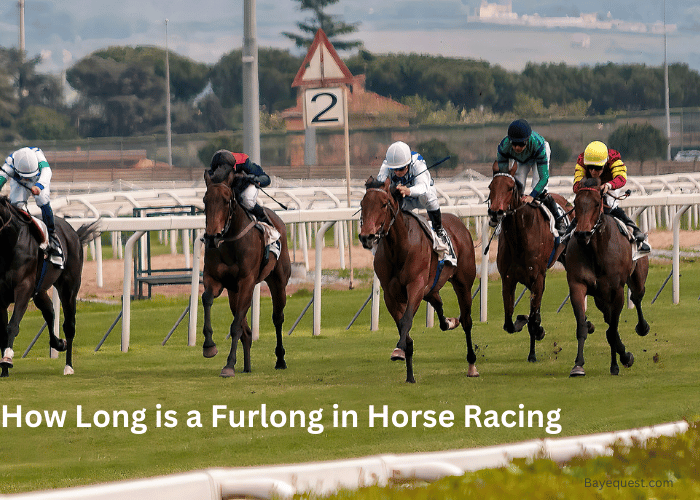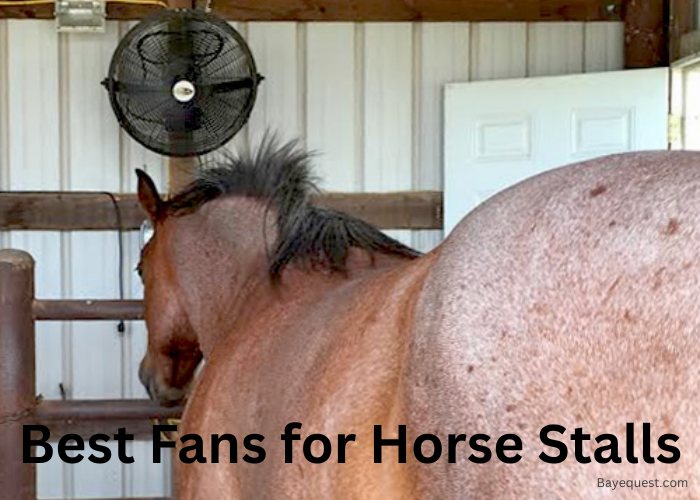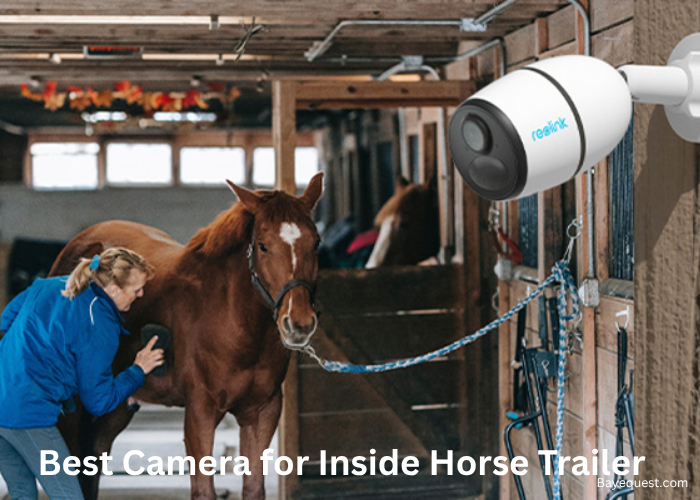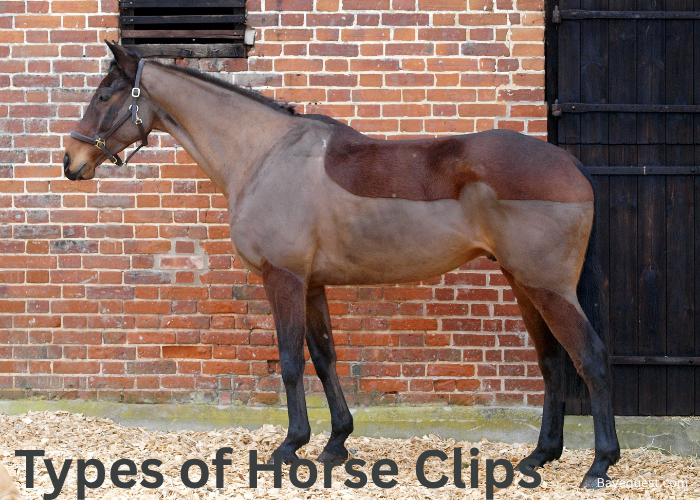Horse racing fans often hear distances measured in furlongs. But what does that mean?
A furlong might sound old-fashioned, but it’s still widely used in racing today. Whether you’re placing a bet or just watching for fun, understanding this measurement helps.
Knowing how long a furlong is can give you a better sense of race lengths.
Let’s break it down and see why this classic term still matters in modern horse racing.
How Long is a Furlong in Horse Racing? Key Takeaway
In horse racing, a furlong equals 660 feet, 220 yards, or 1/8 of a mile. It’s also 201.17 meters. This unit measures race distances, helping fans and bettors gauge the length of each race. Despite its old-fashioned sound, the furlong remains a crucial part of horse racing today.
What is a Furlong in Horse Racing?
A furlong in horse racing is a unit of measurement used to describe the length of a race. One furlong equals 660 feet or about 201.17 meters.
In practical terms, it’s an eighth of a mile. This measurement is commonly used in horse racing to specify race distances, ranging from short sprints to longer endurance races.
For example, a race that’s one mile long is equivalent to eight furlongs. Understanding furlongs helps in grasping the scale and strategy involved in different races.
Importance of Furlongs in Horse Racing
Furlongs are key in horse racing. They define how long a race is. This affects how horses are trained and raced.
Shorter races, like 5 to 7 furlongs, need speed. Longer races, over 10 furlongs, require stamina.
Jockeys and trainers choose horses based on how well they run at certain distances. Knowing the furlong length helps in planning race strategies.
It’s also useful for betting, as race length can influence the outcome. Furlongs keep race measurements consistent across tracks, making them vital in the sport.

How to Convert Furlongs to Other Measurements
Converting furlongs to other measurements is straightforward once you know the basics. Here’s a simple guide:
1. Furlongs to miles
1 furlong = 660 feet
1 mile = 5,280 feet
Since 1 mile equals 8 furlongs, you can convert furlongs to miles using this ratio.
To convert 4 furlongs to miles:
Miles = 4/8 = 0.5 miles
2. Furlongs to meters
1 furlong = 201.17 meters (rounded to two decimal places)
To convert 5 furlongs to meters:
Meters=5×201.17=1,005.85 meters
3. Furlongs to kilometers
1 kilometer = 1,000 meters
Convert furlongs to meters first, then divide by 1,000 to get kilometers.
To convert 6 furlongs to kilometers: convert furlongs to meters then divide by 1000 to get km:
(6×201.17)/1000 =1.20702 kilometers≈1.21 kilometers
4. Conversion table
| Furlongs | Miles | Meters | Kilometers |
| 1 | 0.125 | 201.17 | 0.20 |
| 2 | 0.25 | 402.34 | 0.40 |
| 3 | 0.375 | 603.51 | 0.60 |
| 4 | 0.5 | 804.68 | 0.80 |
| 5 | 0.625 | 1,005.85 | 1.01 |
| 6 | 0.75 | 1,207.02 | 1.21 |
| 7 | 0.875 | 1,408.19 | 1.41 |
| 8 | 1.0 | 1,609.36 | 1.61 |
How Long is a Furlong in Horse Racing?
A furlong in horse racing is a unit of measurement equal to 660 feet or approximately 201.17 meters. It is commonly used to describe the length of races. In terms of miles, one furlong is one-eighth of a mile.
This measurement is integral to the sport, as races are often measured in furlongs, with common distances ranging from 5 to 12 furlongs, depending on the type of race.
Understanding the length of a furlong helps in grasping the scale and strategy of horse racing events.
See also: What is the Top Speed in Horse Racing?
How are Furlongs Used in Horse Racing?
Furlongs are a fundamental unit of measurement in horse racing, used to define the length of races. They are used for:
Race distance measurement
Races are often described by the number of furlongs they cover. For example, a race might be labeled as 6 furlongs, 8 furlongs (1 mile), or 12 furlongs (1.5 miles).
This helps in categorizing races into sprints, middle-distance, or long-distance events.
Race strategy
The number of furlongs in a race influences the strategy that trainers and jockeys employ. Shorter races (5-7 furlongs) require speed and quick bursts of energy, while longer races (10-12 furlongs) require endurance and careful pacing.
Handicapping and betting
Understanding furlong distances is crucial for handicappers and bettors. Knowing a horse’s performance over certain furlong distances can help predict how well it might perform in a race of similar length.
Race track layouts
Furlongs are also used to describe sections of a race track. For instance, track announcers might refer to a horse making a move at the “final furlong,” indicating the last eighth of a mile in the race.
Standardization
Furlongs provide a standardized measurement across different tracks and countries, ensuring consistency in race lengths and allowing comparisons of race times and horse performances globally.
Interesting read: How to Read Horse Racing Program.

How Long Does It Take for a Horse to Run a Furlong in Horse Racing?
The time it takes for a horse to run a furlong in horse racing can vary depending on several factors. These may include the horse’s speed, track conditions, and the type of race.
However, on average:
For a fast sprint (such as in shorter races), a horse can cover a furlong in approximately 12 to 13 seconds.
In longer races where horses may not sprint as intensely, it might take around 14 to 15 seconds per furlong.
Elite racehorses can sometimes run a furlong even faster, with some sprinters covering the distance in under 12 seconds. The specific pace will depend on the horse’s strategy and the demands of the race.
Read also: How Long Can Horses Gallop?
What Does ‘Length’ Mean in Horse Racing Distances?
In horse racing, the term “length” is a unit of measurement used to describe the distance between horses during a race, particularly at the finish line.
It refers to the approximate length of a horse’s body from its nose to the tail, around 8 to 9 feet.
Here’s how “length” is used in horse racing:
1. Winning Margin. When a horse wins a race, the margin of victory is often expressed in lengths. For example, if a horse wins by “two lengths,” it means the winning horse was approximately two horse bodies ahead of the second-place horse when it crossed the finish line.
2. Positioning during a race. Throughout the race, commentators and analysts might describe how many lengths a horse is behind the leader or ahead of the trailing horse. For instance, “three lengths behind the leader” gives a sense of how much distance the horse needs to make up.
3. Fractional lengths. Sometimes, you’ll hear terms like “half a length” or “a neck.” A “neck” is slightly less than a quarter of a length, and a “head” is even shorter. These finer measurements describe very close finishes between horses.
4. Performance analysis. Lengths are also used in post-race analysis to assess how well a horse performed relative to others. A horse that finishes “5 lengths ahead” might be considered dominant in that race.
What if the Distance Between Horses Is Less Than a Length?
When the distance between horses is less than a length, it’s described with more specific terms. If it’s close, you might hear “half a length,” “a neck,” or “a head.”
A neck is less than half a length, and a head is even smaller, just the space from one horse’s nose to the other. These terms help explain tight races where the horses finish almost side by side.
They give a clear picture of just how close the competition was. So, even if it’s not a full length, these smaller measures capture the excitement of the race.
| Margin | Abbreviation |
| Nose | ns |
| Head | hd |
| Neck | nk |
| Half a length | 1/2 |
| Three-quarters of a length | 3/4 |
How Many Furlongs are the Breeders Cup Races?
The Breeders’ Cup races vary in length, with different races tailored to different types of horses and distances. Here’s a breakdown of some of the main Breeders’ Cup races and their furlong distances:
- Breeders’ cup sprint: 6 furlongs
- Breeders’ cup Juvenile: 8.5 furlongs (1 1/16 miles)
- Breeders’ cup mile: 8 furlongs (1 mile)
- Breeders’ Cup classic: 10 furlongs (1 1/4 miles)
- Breeders’ cup turf: 12 furlongs (1 1/2 miles)
- Breeders’ cup Juvenile fillies: 8.5 furlongs (1 1/16 miles)
How Many Furlongs are the Triple Crown Races?
The Triple Crown races in the United States consist of three prestigious events, each with a different distance measured in furlongs:
- Kentucky Derby: 10 furlongs (1 1/4 miles)
- Preakness Stakes: 9.5 furlongs (1 3/16 miles)
- Belmont Stakes: 12 furlongs (1 1/2 miles)
Common Distances of Different Horse Races
Here are some common distances for different types of horse races, measured in furlongs:
5 Furlongs. Used for short sprint races. These are often for younger horses or those specializing in speed over short distances.
6 Furlongs. Another popular sprint distance. Many prestigious sprint races, such as the Breeders’ Cup Sprint, are run over 6 furlongs.
7 Furlongs. A distance that combines speed and some stamina. Horses often transition from pure sprints to longer distances at this length.
8 Furlongs (1 mile). Known as the “mile,” this distance is common in both dirt and turf racing. It requires a balance of speed and endurance.
8.5 Furlongs (1 1/16 miles). This distance is slightly longer than a mile and is common in many juvenile (2-year-old) races, including some Breeders’ Cup races.
9 Furlongs (1 1/8 miles). Often seen in middle-distance races, including some of the major preparatory races for the Triple Crown.
10 Furlongs (1 1/4 miles). A classic distance, used in prestigious races like the Kentucky Derby and the Dubai World Cup. It demands both speed and stamina.
12 Furlongs (1 1/2 miles). Known as the “marathon” distance in American racing, this is the distance of the Belmont Stakes, the longest of the Triple Crown races.
16 Furlongs (2 miles). Rare in the U.S., but common in European turf racing. These races are true tests of endurance, often run in marathon-style events.
How Long is 1 Furlong in Horse Racing? FAQs
How many laps is the Kentucky Derby?
The Kentucky Derby is run over one lap of the Churchill Downs track, which is 1 1/4 miles (10 furlongs) long. (Read more on the Kentucky Derby in our article, “How Many Laps are in the Kentucky Derby?”)
What is the normal length of horse racing?
The normal length of horse races varies. However, common distances range from 5 furlongs (about 0.63 miles) to 12 furlongs (1.5 miles), depending on the type and level of the race.
How Long is One Furlong? Conclusion
Understanding how long a furlong is can give you a better grasp of horse racing. Whether you’re watching a sprint or a marathon, knowing the distance helps you appreciate the strategy behind each race.
It’s more than just a term; it’s a key part of the sport. So next time you hear a race measured in furlongs, you’ll know exactly what’s at stake.
Keep this in mind, and you’ll enjoy the races even more.








